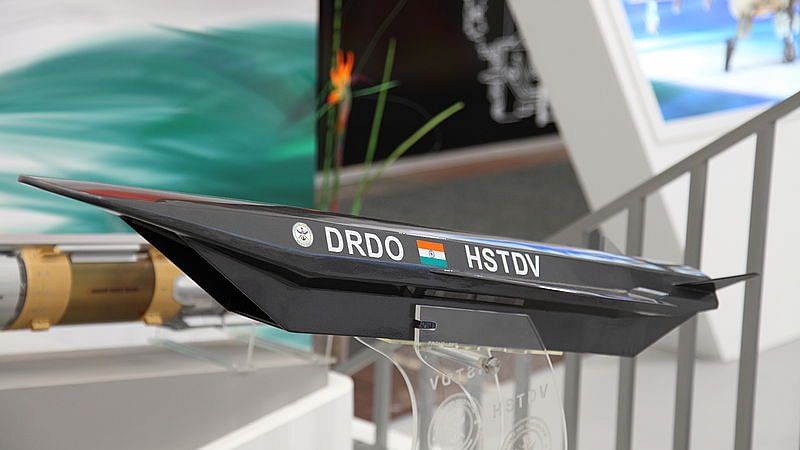New Delhi: India Wednesday carried out its maiden test of the indigenously developed Hypersonic Technology Demonstrator Vehicle (HSTDV) off Odisha Coast but there was no clarity on whether the test met all parameters.
While the Defence Research and Development Organisation (DRDO) claimed it was a success, defence sources said that the Agni-I ballistic carrier vehicle on which the HSTDV was to receive its altitude boost didn’t complete the mission. This is likely due to the weight issue, sources said, adding that this is just first of the many tests that are planned.
The DRDO issued a short and vague statement saying the test was indeed successful.
“The DRDO today launched a Technology Demonstrator Vehicle to prove a number of critical technologies for futuristic missions from Dr Abdul Kalam Island off the coast of Odisha. The missile was successfully launched at 11.27 hours,” a DRDO statement said.
“Various radars, telemetry stations and electro-optical tracking sensors tracked the vehicle through its course. The data has been collected and will be analysed to validate critical technologies.”
India set to join select few countries
Under the HSTDV programme, a demonstrator flight vehicle has been conceptualised to demonstrate the scramjet technology for a short duration of about 20 seconds. Once it is achieved successfully, India will join another select club of countries having such technology.
Apart from being used as a vehicle for hypersonic and long-range cruise missiles, the HSTDV is a dual-use technology that will have multiple civilian applications including the launching of small satellites at low cost.
The HSTDV cruise vehicle is mounted on a solid rocket motor, which will take it to a required altitude, and once it attains certain Mach numbers for speed, the cruise vehicle will be ejected out of the launch vehicle. Subsequently, the scramjet engine will be ignited automatically.
Also read: What is DRDO’s inertial guided bomb and how it will boost India’s defence capability
